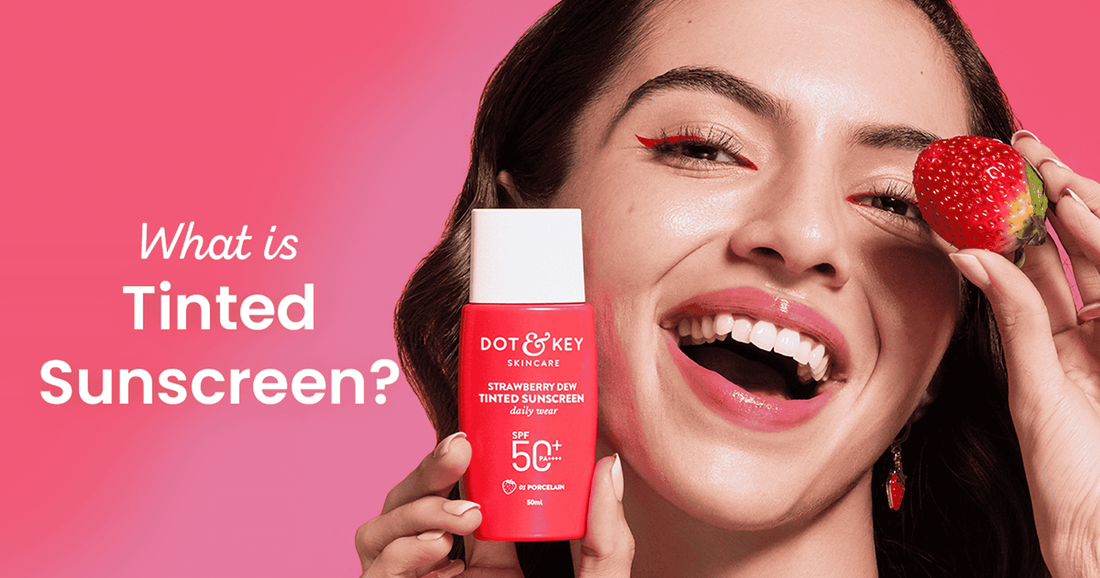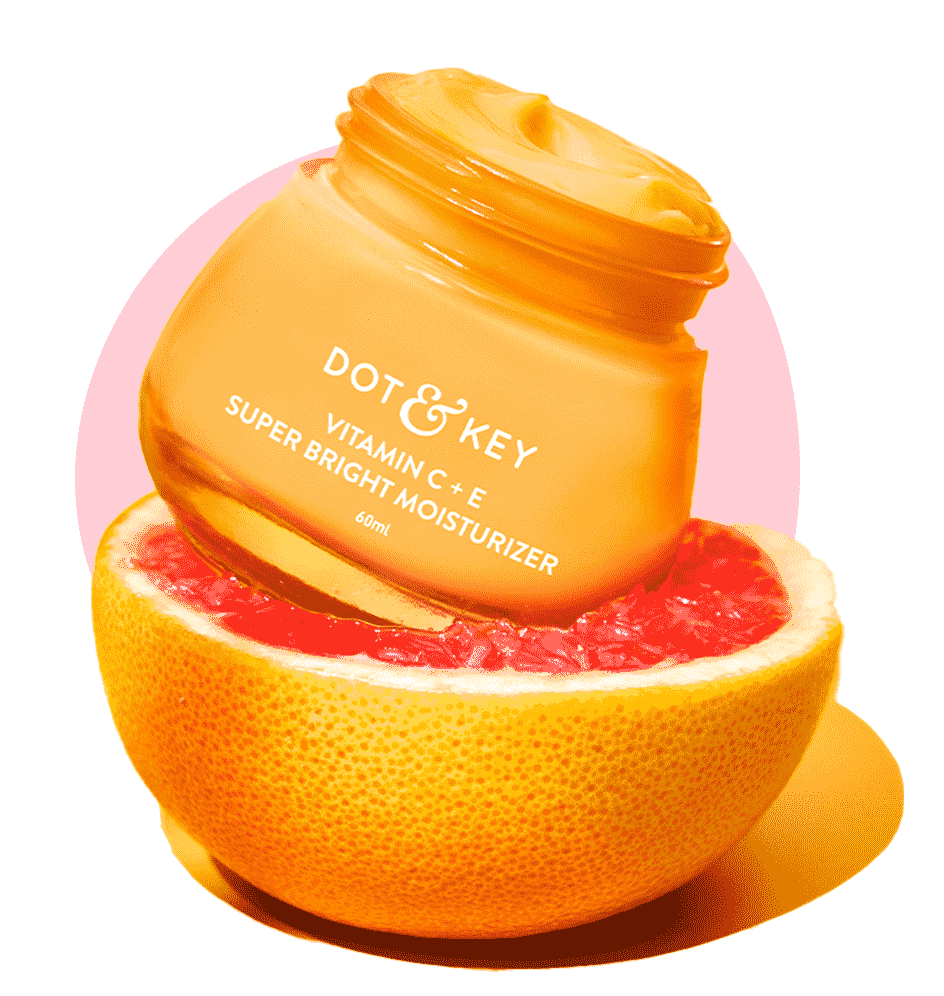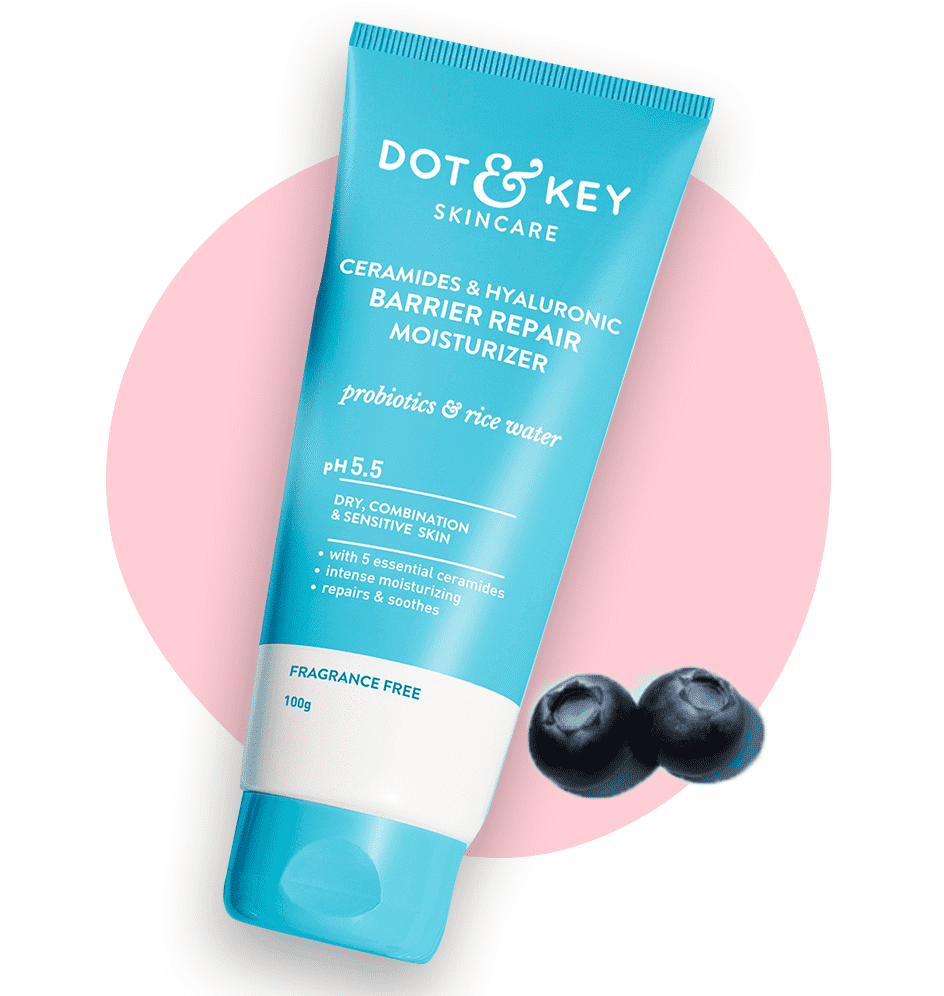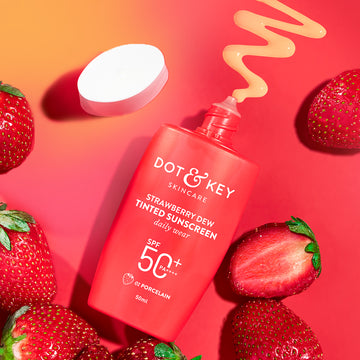
Seen the buzz around tinted sunscreen and wondering what the hype is all about? You’re not alone! This trending skincare-makeup hybrid is winning hearts (and faces) for its ability to protect your skin from the sun while giving you a radiant, even-toned glow.
But is it sunscreen, makeup, or a little bit of both? Spoiler: it’s the best of both worlds. In this guide, we’ll break down what tinted sunscreen really is, how it works, what’s inside, and why it might just become your new everyday essential. Ready to meet your glow-up in a tube? Let’s dive in!
Defining Tinted Sunscreen
At its core, tinted sunscreen is a broad-spectrum sunscreen infused with pigments—typically iron oxides or mineral tints—that provide light coverage. Unlike traditional clear or white sunscreens, it doubles as a cosmetic product, evening out skin tone while shielding against UVA and UVB rays.Think of it as a hybrid: part skincare, part makeup, designed for those who want protection without the heavy feel of foundation or the chalky finish of some sunscreens.
In 2025, with skin cancer rates climbing (per the WHO) and minimalist beauty trending, what is tinted sunscreen has evolved into a go-to for busy mornings and outdoor days alike. But how does it work, and why is it gaining traction? Let’s dive in.
What Is Tinted Sunscreen Made Of?
To understand what is tinted sunscreen, start with its ingredients. It combines sun-protective actives with colorants and skin-friendly extras:
1. Sunscreen Actives
- Physical Blockers: Zinc oxide and titanium dioxide reflect UV rays. These minerals are common in tinted formulas, doubling as a base for pigmentation.
- Chemical Filters: Some include avobenzone or octinoxate for broader UV absorption, though mineral-based options dominate the tinted market.
2. Pigments
- Iron Oxides: Natural minerals in shades like red, yellow, and brown blend to match skin tones, offering coverage and an added perk—protection against visible light (e.g., blue light from screens).
- Synthetic Tints: Less common, these provide consistent color but may lack iron oxides’ bonus benefits.
3. Supporting Ingredients
- Hydrators: Hyaluronic acid or glycerin keep skin plump.
- Antioxidants: Vitamin C or E fight free radicals from UV exposure.
- Mattifiers: Silica or kaolin control oil in some formulas.
A 2024 Journal of Cosmetic Science study noted that tinted sunscreens with iron oxides enhance protection beyond UV, making them a standout in 2025’s skincare landscape.
How Does Tinted Sunscreen Work?
So, what is tinted sunscreen in action? It applies like a regular sunscreen—spread evenly over your face—but the tint adds a layer of coverage. Here’s the breakdown:
- UV Protection: Blocks or absorbs UVA (aging) and UVB (burning) rays, with SPF ratings typically 30-50+.
- Cosmetic Effect: Smooths skin tone, blurs redness, or hides minor blemishes without the weight of makeup.
- Finish: Varies from dewy to matte, depending on the formula.
Unlike foundation, it’s not full-coverage—it’s meant to look natural. Compared to traditional sunscreen, it skips the white cast, a win for darker skin tones especially.
Benefits of Tinted Sunscreen
Why choose tinted sunscreen? Asking what is tinted sunscreen reveals its perks:
1. Sun Protection Meets Convenience
With SPF built in, it’s a one-step solution for UV defense and a polished look—perfect for rushed mornings or no-makeup days.
2. Evens Skin Tone
The tint corrects redness, dark spots, or dullness. A 2025 Dermatology Today survey found 68% of users loved it for this subtle enhancement.
3. Blue Light Protection
Iron oxides in many tinted sunscreens shield against visible light, a growing concern with screen time up 20% since 2020 (per Statista, 2025).
4. No White Cast
Traditional mineral sunscreens can leave a ghostly residue. Tinted versions blend seamlessly, a boon for all skin tones.
5. Skin-Friendly Options
Many are non-comedogenic, hypoallergenic, or packed with antioxidants, suiting sensitive or acne-prone skin.
Who Should Use Tinted Sunscreen?
What is tinted sunscreen good for in terms of audience? It’s versatile but shines for:
- Minimalists: Those wanting light coverage without layering products.
- Outdoor Enthusiasts: Hikers or beachgoers needing sweat-resistant SPF with a natural finish.
- Darker Skin Tones: No ashy residue, just protection and glow.
- Sensitive Skin: Mineral-based options are gentler than some chemical sunscreens.
A 2025 Skin Research study found 40% of users switched from regular sunscreen for its aesthetic edge.
Types of Tinted Sunscreen
Not all tinted sunscreens are identical. What is tinted sunscreen varies by formula:
1. Mineral Tinted Sunscreen
- Key Ingredients: Zinc oxide, titanium dioxide.
- Best For: Sensitive or acne-prone skin.
- Texture: Creamy, sometimes thicker.
2. Chemical Tinted Sunscreen
- Key Ingredients: Avobenzone, octisalate.
- Best For: Lightweight feel, easy blending.
- Texture: Often fluid or gel-like.
3. Hybrid Tinted Sunscreen
Combines chemical and physical filters for broad coverage and comfort.
4. Matte vs. Dewy Finish
- Matte: Oil-absorbing, ideal for oily skin.
- Dewy: Hydrating, suits dry skin.
How to Use Tinted Sunscreen Effectively
Knowing what is tinted sunscreen includes mastering its use:
- Apply Generously: Use 1/4 teaspoon for your face, as with any SPF.
- Prep Skin: Cleanse and moisturize first for smooth application.
- Layer or Solo: Wear alone or under makeup—blend with fingers, a brush, or sponge.
- Reapply: Every 2 hours outdoors, or after swimming/sweating (use a powder SPF for touch-ups over tint).
- Remove: Double-cleanse at night to avoid clogged pores.
Does Tinted Sunscreen Replace Other Products?
What is tinted sunscreen in your routine? It’s not a full swap for:
- Foundation: Offers lighter coverage, not buildable like makeup.
- Moisturizer: Some hydrate, but dry skin may need extra.
- Primer: Can double as one, but not always grippy enough for heavy makeup.
It’s closest to a BB cream but with stronger SPF focus—think of it as a “skin tint with benefits.”
Conclusion
So, what is tinted sunscreen? It’s a sun-protective, skin-enhancing hybrid that simplifies your routine while guarding against UV and visible light. In March 2025, as sun safety and minimalism converge, it’s more than a trend—it’s a practical choice. Whether you’re dodging white casts, seeking a natural glow, or streamlining skincare, tinted sunscreen delivers. Try it, match it to your skin, and enjoy protection with a purpose.























